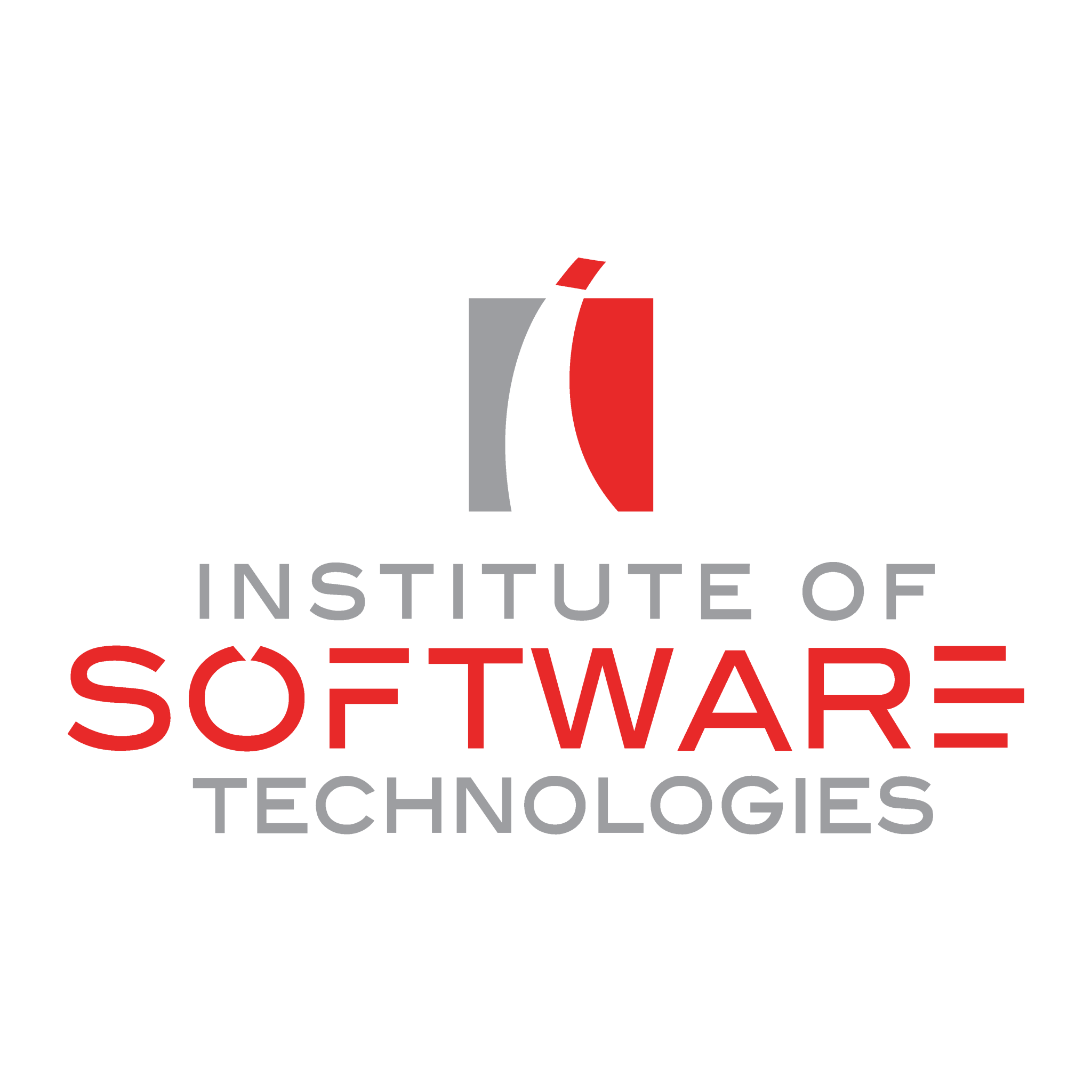40 Hours
This course is singularly designed for students who have completed Red Hat System Administration I (RH124). The organization of topics is such that it is not appropriate for student to use RH134 as a curriculum entry point. Students who have not taken a previous Red Hat course are encouraged to take either System Administration I if they are new to Linux, or the RHCSA Fast Track course (RH200) if they are experienced with enterprise Linux administration.
- Automate installation with Kickstart
- Automate the installation of Red Hat Enterprise Linux systems with Kickstart.
- Use regular expressions with grep
- Write regular expressions that, when partnered with grep, will allow you to quickly isolate or locate content within text files.
- Create and Edit text files with vim
- Introduce the vim text editor, with which you can open, edit, and save text files.
- Schedule future Linux tasks
- Schedule tasks to automatically execute in the future.
- Manage priority of Linux processes
- Influence the relative priorities at which Linux processes run.
- Control access to files with access control lists (ACL)
- Manage file security using POSIX access control lists.
- Manage SELinux security
- Manage the Security Enhanced Linux (SELinux) behavior of a system to keep it secure in case of a network service compromise.
- Connect to network-defined users and groups
- Configure systems to use central identity management services.
- Add disks, partitions, and file systems to a Linux system
- Manage simple partitions and file systems.
- Manage logical volume management (LVM) storage
- Manage logical volumes from the command line.
- Access networked attached storage with network file system (NFS)
- Access (secure) NFS shares.
- Access networked storage with SMB
- Use autofs and the command line to mount and unmount SMB file systems.
- Control and troubleshoot the Red Hat Enterprise Linux boot process
- Limit network communication with firewall
- Configure a basic firewall.
- Comprehensive review
- Practice and demonstrate knowledge and skills learned in this course.
- Red Hat Certified System Administration exam (EX200)
- Red Hat System Administration III (RH254)
- Red Hat Performance Tuning (RH442)
- Red Hat Server Hardening (RH413)

